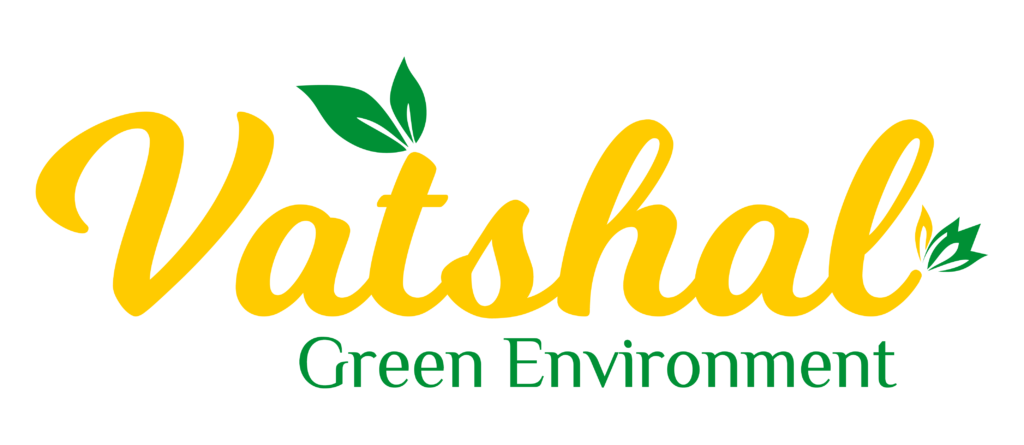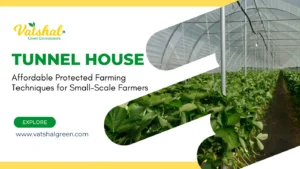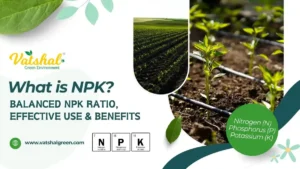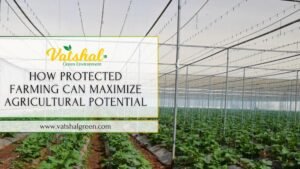In recent years, agriculture has witnessed a surge in innovative solutions to address challenges ranging from climate change to resource scarcity. One such groundbreaking development is the Wire Rope Net House, a lower-cost yet high-strength shade net structure that is revolutionizing farming practices worldwide.
Understanding the Wire Rope Net House Concept
The Wire Rope Net House is a modern adaptation of traditional shade net structures, integrating wire ropes to enhance strength and durability while maintaining cost-effectiveness. This innovative approach utilizes high-quality wire ropes strategically placed to provide structural support for the shade netting, ensuring longevity and resilience in various environmental conditions.
Advantages of Wire Rope Net Houses
Cost-Effectiveness: Wire ropes offer a more economical alternative compared to conventional support structures, significantly reducing initial investment costs for farmers.
New Idea: Implementing wire rope net houses can also potentially reduce maintenance costs over time due to their durability and longevity, further enhancing the economic viability of agricultural operations.
High Strength and Durability: The inherent strength of wire ropes enhances the structural integrity of the net house, enabling it to withstand adverse weather conditions such as strong winds and heavy rainfall.
New Idea: Research suggests that the use of wire ropes can prolong the lifespan of shade netting by minimizing wear and tear, thereby ensuring long-term functionality and reliability.
Improved Crop Protection: The dense shade provided by wire rope net houses creates a conducive environment for crops by reducing excessive sunlight exposure, thereby mitigating the risk of sunburn and heat stress.
New Idea: Additionally, the shade netting can serve as a barrier against pests and insects, minimizing crop damage and reducing the need for chemical pesticides, thus promoting sustainable farming practices.
Versatility: Wire rope net houses are highly adaptable and can be customized to accommodate various crop types and farming practices, making them suitable for a wide range of agricultural applications.
New Idea: Advanced design configurations allow for easy installation and relocation, providing flexibility for farmers to optimize land utilization and crop rotation strategies, thereby maximizing productivity and yield potential.
Implementing Wire Rope Net Houses: Best Practices
Site Selection: Choose a level terrain with adequate sunlight exposure and good drainage to optimize crop growth and minimize the risk of waterlogging.
Structural Design: Ensure proper tensioning of wire ropes and adequate spacing between support posts to maintain stability and prevent sagging of the shade netting.
Maintenance and Inspection: Regularly inspect wire ropes for signs of wear and corrosion, and promptly replace any damaged components to ensure structural integrity and longevity.
Crop Management: Monitor environmental conditions within the net house regularly and adjust shading levels as needed to optimize growing conditions for specific crops.
Conclusion
The Wire Rope Net House represents a significant advancement in agricultural technology, offering farmers a cost-effective and sustainable solution for shade net structures. By harnessing the strength and durability of wire ropes, this innovative approach enhances crop protection, promotes resource efficiency, and ultimately contributes to the resilience and productivity of modern farming practices. Embracing such innovations is crucial for meeting the evolving challenges of global food security while ensuring environmental sustainability for future generations.






